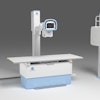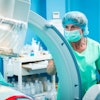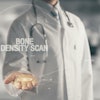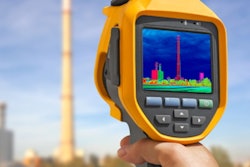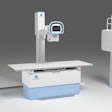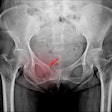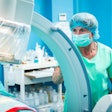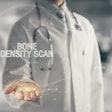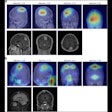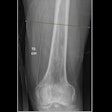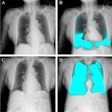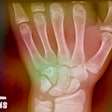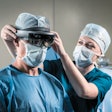In a large academic radiology department, the annual operation of two x-ray and two fluoroscopy machines produces CO2 emissions equivalent to driving 12 gas-powered cars, according to a recent study.
The estimate is from a life-cycle assessment that identified where interventions specific to fluoroscopy and radiography could best reduce their environmental impact, noted lead author Elizabeth Snyder, MD, of Vanderbilt University in Nashville, TN, and colleagues.
“Although radiography and fluoroscopy are the oldest imaging modalities and the most used exams worldwide, previously little had been known about their environmental impacts,” the group wrote. The study was published on October 3 in the Journal of the American College of Radiology.
In recent years, increasing attention has been paid to the environmental impact of healthcare, including in radiology, due to its substantial carbon footprint. While most prior publications have focused on MRI and CT, as they have a higher environmental impact, the emissions of radiography and fluoroscopy are unknown, the researchers wrote.
To bridge the knowledge gap, the group applied an environmental life-cycle assessment (LCA) to the modalities within the diagnostic radiology department of Vanderbilt University Medical Center. LCAs provide a comprehensive framework to quantify both direct and indirect environmental impacts, the group wrote.
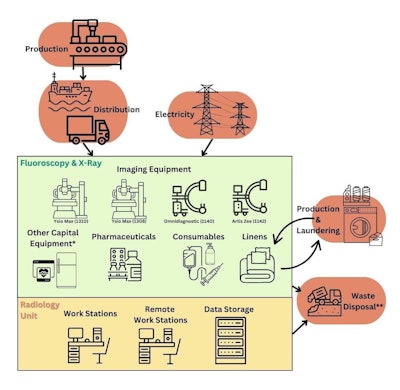 Flow diagram of components included in the study.Journal of the American College of Radiology
Flow diagram of components included in the study.Journal of the American College of Radiology
In this LCA, the researchers considered the production, distribution, and maintenance of imaging equipment; electricity use of imaging equipment; the production and use of other capital equipment, such as patient monitors and refrigerators; the production of semidurable supplies; the production of disposable supplies, such as personal protective equipment; the production of pharmaceuticals; and imaging workstations and data storage.
According to the results, combined radiography (n = 2) and fluoroscopy (n = 2) activities produce an estimated 55,100 kg CO2 equivalent (CO2e)/year, excluding impacts from PACS workstations and data storage. This is equal to driving 12 gas-powered cars annually, the researchers reported.
About 47% of these emissions are from the energy use of the scanners, while the manufacturing of all four scanners is responsible for about 16% of emissions. Additionally, medical linens or textiles comprised 24% of fluoroscopy and radiography’s cumulative annual greenhouse gases (GHGs), with radiography taking a larger share of linens due to the number of scans conducted annually.
The group reported that fluoroscopy units spent 7% to 11% of department time in active scanning mode, while radiography units spent substantially more time in active scan mode (629 cumulative hours, or 72% of total x-ray time monitored).
“Environmental lifecycle assessment shows that radiography and fluoroscopy significantly contribute to GHG emissions and other impacts, primarily from energy consumption and linen use,” the group wrote.
The researchers estimated that decarbonizing electricity sources by switching from a fossil-fuel burning grid to solar power could reduce fluoroscopy and radiography services' GHG emissions by 47%. Also, revising protocols for the use of linens could ensure that linens are used only when needed, that they are used correctly, and that they are reused as often as possible, the group suggested.
Finally, avoiding unnecessary radiography and fluoroscopy could directly reduce GHG emissions and other environmental impacts, the group wrote. Specific studies that could be targeted for intervention include daily chest radiographs in intensive care unit patients, facial bone radiographs in patients with facial trauma, and routine post-operative radiographs, they wrote.
“Reducing unnecessary or low-value fluoroscopic and radiographic exams and moving to a clean electrical grid can help mitigate radiology's environmental footprint,” the researchers concluded.
The full article is available here.

